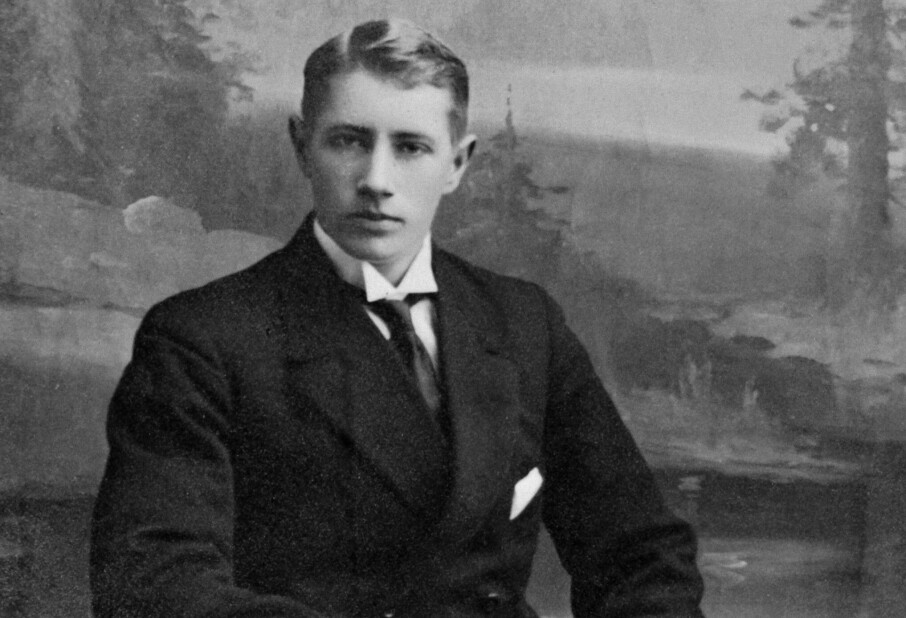
Breivik displayed at least six of eight warning signs
Anders Behring Breivik’s conduct prior to his murderous terrorist attack on 22 July 2011 conforms to the type of behaviour that can identify people who pose a threat to society.
Denne artikkelen er over ti år gammel og kan inneholde utdatert informasjon.
The American researcher and forensic psychologist J. Reid Meloy has been following the Norwegian terrorism case and the debate about Breivik since last summer.
This week he presented a case study of Breivik’s warning behaviour at a conference of the Association of European Threat Assessment Professionals.
Dr. Meloy is associated with the University of California, San Diego, and was the prosecution’s forensic psychologist in the trials of Timothy McVeigh and Terry Lynn Nichols, who were responsible for the truck bombing of a federal building in Oklahoma City in 1995.
In an article published in the journal Behavioral Sciences and the Law, Meloy and his colleagues have presented eight characteristics forming a typology linked to terrorists and others who pose threats.

“Not surprisingly, Breivik displayed six or perhaps seven of the eight warning signs,” says Meloy.
“However, this doesn’t mean that his actions could have been predicted.”
Applicable to terrorism and school massacres
Meloy's study shows factors “indicative of increasing or accelerating risk of targeted violence". They don't just apply to terrorists, but also to other categories of criminals.
Stalkers who pursue celebrities or other public figures, non-terrorist mass murderers and assassins also fit the pattern presented in the study.

Meloy and his colleagues have previously analysed the behaviour of people like Timothy McVeigh, Leon Czolgosz – an anarchist who assassinated US President William McKinley in 1901 − and the suicide bomber who blew himself up in downtown Stockholm in December 2010 to see if they matched the profile patterns.
Preparations, fixation and identification
The first three patterns of risk conduct have been designated as “pathway warning behaviour, fixation warning behaviour and identification warning behaviour”. Pathway in this context refers to behaviour linked to planning the crime.
Meloy refers to fixation as behaviour associated with a pathological preoccupation with a cause or a person that is targeted.
The initial forensic psychiatric report on Breivik revealed he had become increasingly difficult to talk to in the last year before his crime and he grew more and more focused on what he deemed as the threat of multiculturalism.
Identification in this context designates behaviour indicating a psychological desire to be a pseudo-commando, for instance a focus on weaponry or identification with forerunners who have carried out similar attacks. Like Breivik, such persons can consider themselves agents fighting for a special cause or belief.
How about virtual aggression?
The fourth factor is a bit more complicated, says Meloy. It is called “novel aggression warning behaviour”, which involves a seemingly unrelated act of violence or aggression used in training − a kind of test of will.
“There was some disagreement in our group about whether this applied to Breivik,” says Meloy.
His fascination with the game “World of Warcraft” and other web games involves novel aggression, in which he practiced the use of violence and other aspects of his crime on his computer.
"But if you apply a more stringent definition of this point, he doesn’t match here,” explains Meloy.
Escalation, leaks and desperation – but no warning
The last three types of warning behaviour that fit Breivik are called “energy burst, leakage and last resort”. The energy burst refers to an increase in the frequency or variety of activities – regard to planning and preparations – just prior to the attack.
Leakage about an attack to a third party before crime is perpetrated is not uncommon either. Breivik sent out his compilation, or manifesto, via e-mail a few hours before the bombing.
Last-resort warning behaviour is also the final criterion which Meloy and his colleagues think applies to the Norwegian terrorist. Here the person begins to view themselves as desperate, up against a wall with no recourse other than initiating the crime or attack. This perception helps justify the violence.
The only criterion that doesn’t seem to fit the profile of Breivik is the eighth, which involves directly communicating a warning about the target.
Meloy would expect the person to implicitly or explicitly issue a warning about his impending attack or his intention to harm specific individuals associated with the target.
The Swedish suicide bomber issued such a warning to a Swedish news agency. Teens who have carried out school massacres have often told their victims ahead of time that they plan to kill them, but Breivik didn’t do any of this.
Cannot predict the future
All in all, the Norwegian extreme-right terrorist conforms to the warning behaviour typology.
Meloy says the most significant criteria about Breivik and the other cases the research group has studied, are those involving planning, fixation, identification with the cause and the warrior mentality, and the lack of issuing a direct threat.
The idea is that the list of signs should help intelligence agencies worldwide when they assess potential threats. Meloy stresses, however, that the list can by no means be used to predict or avert every future attack.
“This typology hasn’t been tested with regard to its efficiency in predicting future events. We’re still working to validate its application to persons who have already carried out attacks,” he says.
Still, the researchers hope further studies of the behaviour typology will lead to practical usage.
Meloy thinks their model can be used by intelligence organisations to identify persons who need to be watched more closely. It remains to be seen how risks can be minimised by identifying prospective perpetrators.
In any case, the American forensic psychologist points out that respect for individual rights of privacy shouldn’t be neglected.
Translated by: Glenn Ostling
































